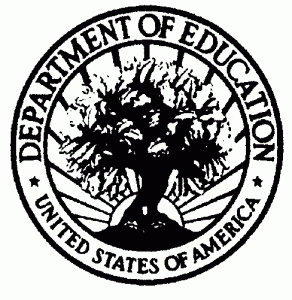Native Americans and the American Education System
Native American students are at a disadvantage in the American education system. According to statistics, American Natives, including those in Alaska, comprise only 1% of the total enrollment. This figure has remained constant for the last decade.
Early education approaches
In the past, the entire concept of educating North American Natives was based on assimilation. The government removed American Indians from their homes and placed them in boarding schools. Here, the subjects taught them were intended to provide the basics. The purpose was not to educate so much as to assimilate. Culturally sensitive education was not an option. The entire process focused on what has been termed as the “Americanization” of Native Americans.

Higher learning was not encouraged. In some regions, although Native children dominated the local elementary schools, whites were the only ones attending high schools. For those few who managed to attend, co-existence was not comfortable and the dropout rate was high. As for a college or university education – this was deemed out of reach. Whites expected the Natives to assimilate but did not provide them with the educational tools to do beyond the basics.
The subjects in school avoided anything regarding Native involvement in the development of North America. Until the Indian Reorganization Act of 1934, schools did not teach Native subjects including their history and culture. Further legislation made curriculum more inclusive. It also created a better learning atmosphere for Native children.
Current education approaches
The educational gap between Native and Non-Native students remained constant during 2006 for both private and public elementary and secondary school systems. No significant change has occurred to indicate progress in this direction. This includes the Bureau of Indian Education (BIE) schools. By 2007, there were 184 elementary and secondary BIE schools in operation.
Some progress has been made in the attendance of higher learning institutions. Over the past 30 years, enrollment in universities and colleges has doubled. This is due in part to the establishment of Tribal Colleges. Since the opening of Navajo Community College (now Diné College) in 1969, the concept has spawned many others. In 2006, a total of 32 tribally controlled colleges and Universities were found in 12 American states. These exist to help Native Americans to overcome the odds facing them attending higher education including poverty.
Tribal schools and colleges also provide a means for American Indians to rediscover and preserve their own culture. They are positive institutions in preventing students from dropping out. They address many of the reasons why Native youths are so high at risk of not finishing high school. These include:
• A lack of interest by teachers – either real or perceived
• Inappropriate curriculum
• Tests that appear culturally-biased or Eurocentric
• Streaming Natives into lower achievement classes
Conclusion
Native involvement with the education system has come a long way. It has moved from stressing assimilation to promoting cultural awareness. This is a promising start.
Sources:
– nces.ed.gov/pubs2008/nativetrends/index.asp
– tribal-institute.org/lists/colleges.htm
– jan.ucc.nau.edu/~jar/AIE/Ind_Ed.html
– bia.gov/WhatWeDo/ServiceOverview/IndianEducation/index.htm
